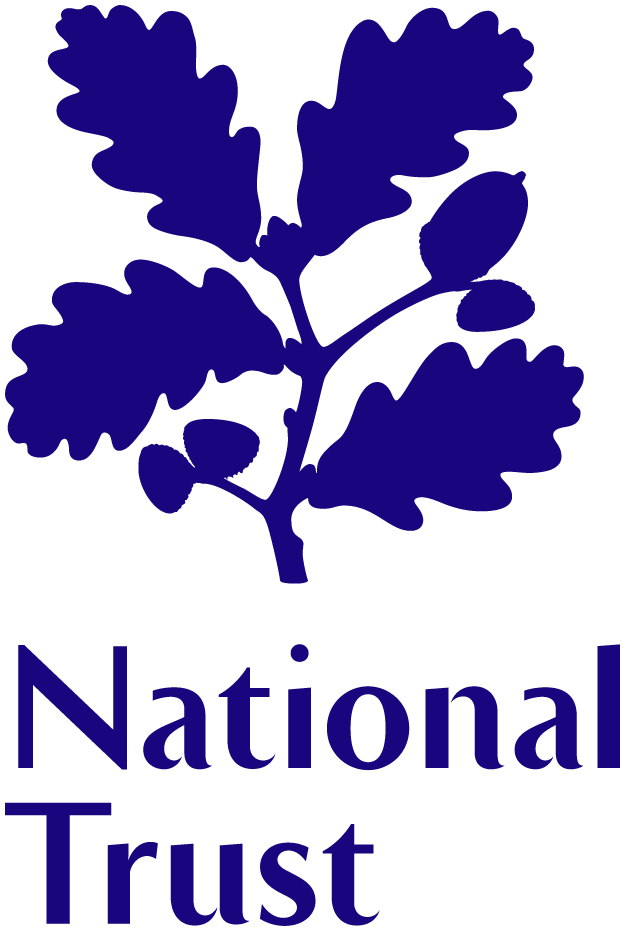
Image: William Wordsworth, portrait by Henry Eldridge, 1804. Courtesy of the trustees of Dove Cottage.
William Wordsworth
Professor Simon Bainbridge, Lancaster University
7th April 2020 sees the 250th anniversary of one of Britain’s greatest writers, William Wordsworth.
But who was William Wordsworth? And why is he worth celebrating?
Wordsworth was an innovative poet whose writings have shaped many of our continuing ideas of what poetry is about and what it can achieve.
Wordsworth is best known as a nature poet, the author of poems on daffodils, butterflies, rainbows, birds, mountains, rivers and lakes. For Wordsworth, nature was a powerful force for good, with an educative role; ‘Let Nature be your teacher’, he declared in ‘The Tables Turned’. Writing during the period of the Industrial Revolution, Wordsworth was aware of the threats mankind posed to the natural world. His statement in ‘Tintern Abbey’ that ‘Nature never did betray the heart that loved her’ emphasises the need to love and care for nature, an idea that we have become particularly alert to in our own time.
As a nature poet, Wordsworth is particularly associated with the Lake District in the North West of England. He was born in Cockermouth in 1770, educated at Hawkshead Grammar School from 1779 to 1787, and – after a period away at Cambridge University, London and Europe – he settled with his sister Dorothy at Dove Cottage, Grasmere, in 1799. It was here that Wordsworth wrote much of his greatest poetry, benefiting from the support and encouragement of Dorothy and that of his wife Mary, whom he married in 1802. As the family grew – William and Mary had five children, though two sadly died – they moved into the larger Grasmere accommodation of Allan Bank in 1808 and the Old Rectory in 1811. In 1813, the family moved to Rydal Mount, where the poet lived until his death in 1850.
The Lake District made Wordsworth a poet. This is the story he tells in his epic autobiography The Prelude, a work begun in 1798 as an introduction to another planned work, that remained unfinished. In The Prelude, Wordsworth recounts his early boyhood adventures in the Lake District – climbing, rowing, ice-skating, horse-riding – and examines how these formative moments, which he calls ‘spots of time’, influenced his development and endowed him with poetic powers. He traces the growth of his ‘Imagination’, the powerful creative force that he celebrates in the poem’s most visionary passages, including his culminating account of an ascent of Snowdon. In writing The Prelude, Wordsworth was undertaking an original task, producing the first major verse autobiography in English. The poem is now recognised as the poet’s masterpiece and one of the greatest works in English Literature.
Wordsworth’s poetry is also important for its focus on people at the margins of society. In his youth, the poet was a supporter of the French Revolution and he retained a strong sympathy for those who suffered as a result of poverty or hardship. In the pioneering collection Lyrical Ballads, written with his friend and fellow poet Samuel Taylor Coleridge, Wordsworth included poems on a female vagrant, on an old man travelling to see his war-wounded son, and on the relationship between a boy with learning difficulties and his mother. His great poem ‘Michael’ tells the heart-breaking story of a Grasmere shepherd who loses both his land and his son as a result of financial hardship. Wordsworth’s sympathetic treatment of these impoverished, marginal or suffering figures reminds us ‘That we have all of us one human heart’, as he writes in his poem ‘The Old Cumberland Beggar’.
In his own time, Wordsworth was criticised for the distinctive elements of his work – for writing about natural subjects such as birds and butterflies, for focusing too much on his own feelings, and for choosing characters, incidents and language that were thought to be too ‘low’ for serious poetry.
In our own time, the distinctive elements of Wordsworth’s writing are seen as central to poetry and to what it can achieve, powerfully reminding us of nature’s value, of the importance of the individual and community, and of the need for sympathy for others. These are ideas worth celebrating and William Wordsworth’s poetry articulates them with great feeling and power. His wish that his poetry should ‘live and do good’ is being carried on by a range of organisation involved in Wordsworth 250, such as the Wordsworth Trust, whose outreach and community work sees his and Dorothy’s writings being appreciated by people from a greater diversity of backgrounds.
We hope you will join us throughout 2020 in celebrating William Wordsworth 250th birthday and the continuing value of his poetry. Please join us at one or more of the events listed on this website or, if you are organising your own event, please share the details with us through the ‘Add event’ link so that we can add to this site.
Facts & Figures
Born: 7 April 1770, Wordsworth House, Cockermouth, Cumbria
Died: 23 April 1850, Rydal Mount, Ambleside, Cumbria
Buried: St Oswald's Church, Grasmere, Cumbria
School: Hawkshead Grammar School, Hawkshead, Cumbria
Houses: Alfoxden, Dorset 1796-1798
Dove Cottage, Grasmere 1799-1808
Allan Bank, Grasmere 1808-1811
Old Rectory, Grasmere 1811-1813
Rydal Mount, Ambleside 1813-1850
Poet Laureate: 1842-1850
Major Publications:
Lyrical Ballads, With a Few Other Poems 1798
Poems, In Two Volumes 1807
Guide to the Lakes 1810
The Excursion 1814
The Prelude 1850






